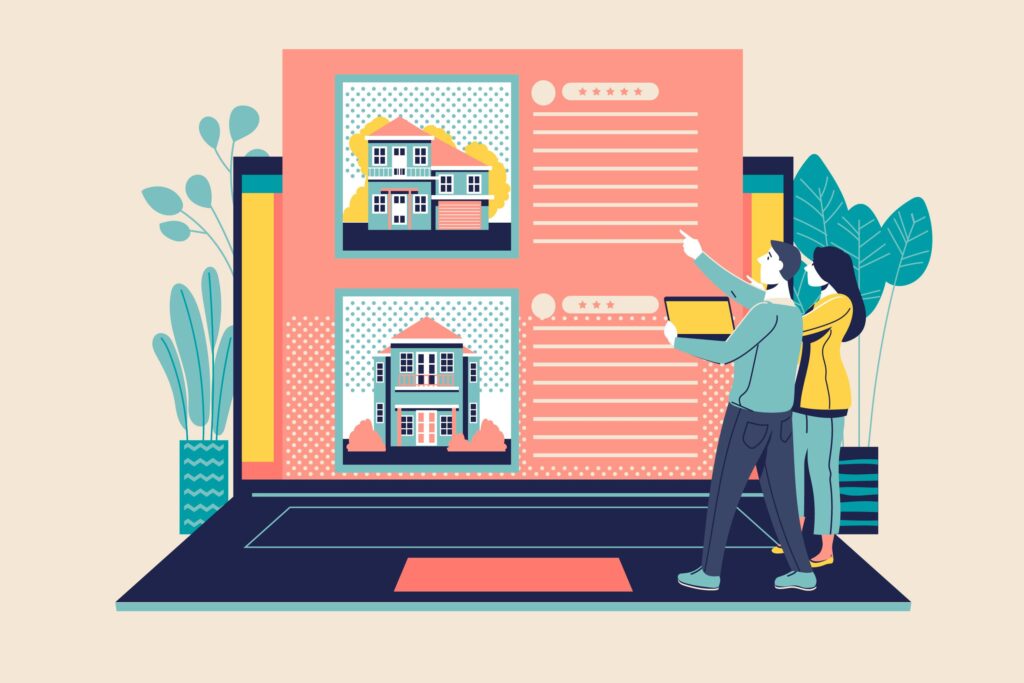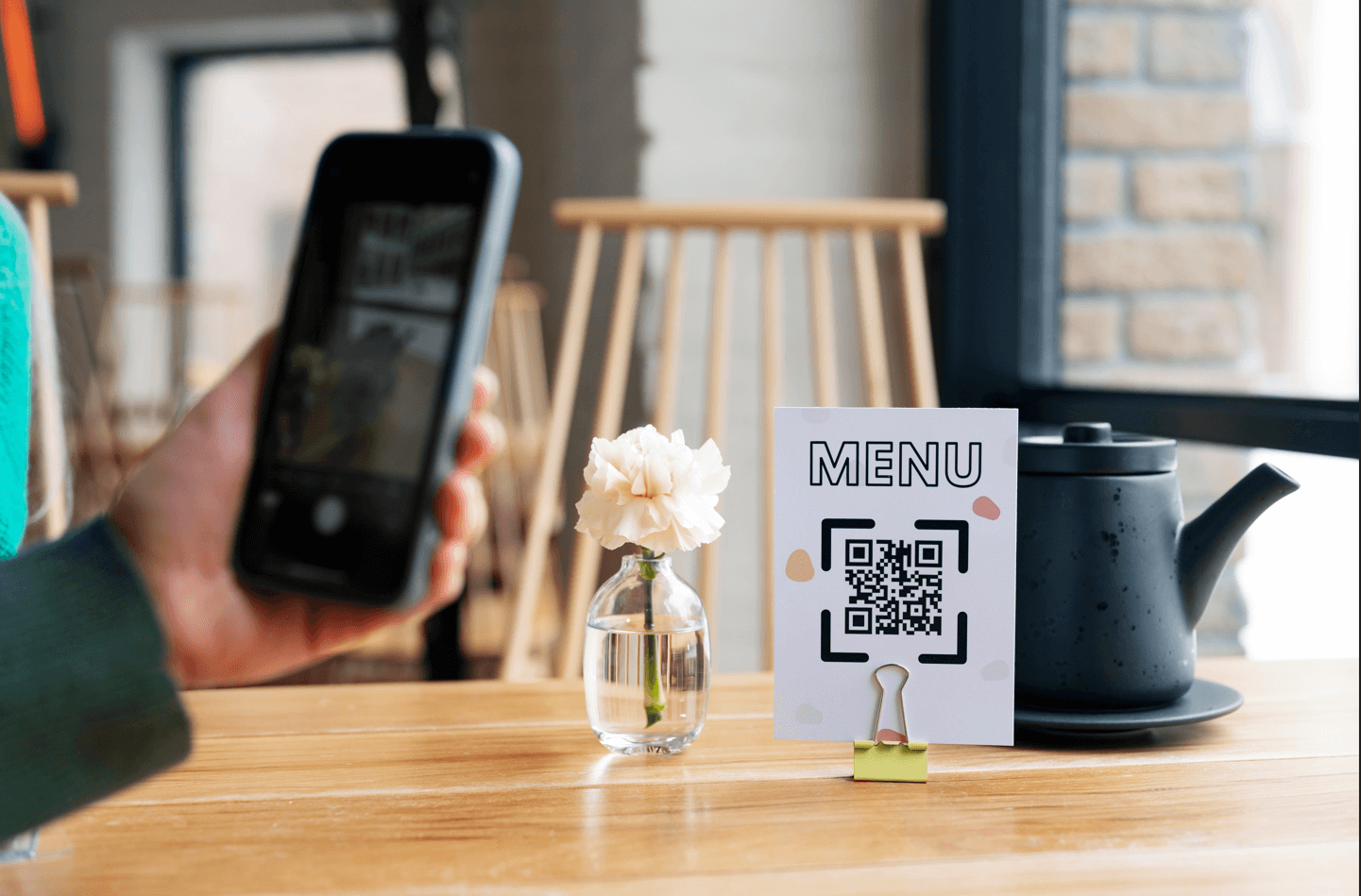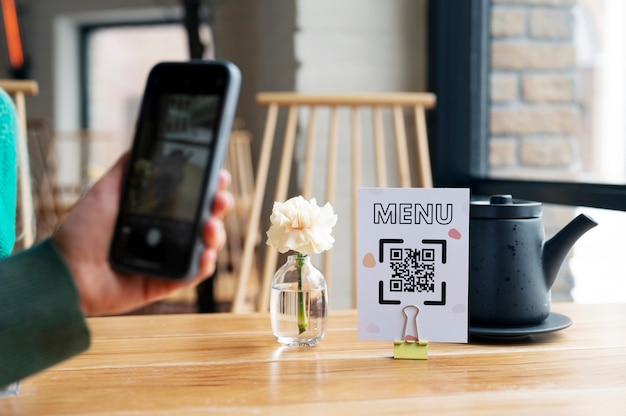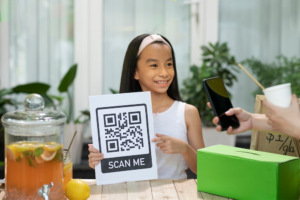Introduction:
In the fast-paced world of real estate, staying ahead of the competition and effectively engaging potential buyers and sellers is crucial. One powerful tool that has emerged in recent years is QR codes. These QR codes for real estate scannable codes offer a seamless way to connect the physical world with the digital realm, providing instant access to information and enhancing the real estate experience. In this blog post, we will explore how to use QR codes effectively in the real estate industry, unlocking their potential to streamline processes, engage clients, and drive success.
Property Listings with QR Codes:
One of the most effective ways to utilize QR codes in real estate is by incorporating them into property listings. By placing QR codes on physical signage or marketing materials, potential buyers can quickly access detailed property information, virtual tours, high-resolution images, and even video walkthroughs. This instant access to rich content enhances the buyer’s experience and helps them make informed decisions, ultimately increasing the chances of a successful sale.

Property listings with QR codes have proven to be highly effective in the real estate industry for several reasons:
Instant Access to Information:
QR codes provide potential buyers with immediate access to detailed property information. By scanning the QR code, buyers can quickly access property descriptions, specifications, pricing details, and additional features. This instant access saves time and effort for both buyers and agents, as it eliminates the need to manually search for property information online or contact the agent for details. It allows buyers to gather essential information at their convenience, making the property evaluation process more efficient.
Rich Media Content:
QR codes can link to a variety of rich media content, including virtual tours, high-resolution images, and video walkthroughs. These visual elements provide buyers with a more immersive and comprehensive understanding of the property. Instead of relying solely on static images or descriptions, buyers can explore the property virtually, gaining a realistic sense of its layout, size, and condition. This visual engagement creates a stronger connection with the property and helps buyers make informed decisions.
Enhanced Buyer Experience:
QR codes enhance the overall buyer experience by providing a seamless and user-friendly way to access property information. Buyers appreciate the convenience of simply scanning a code and having all the relevant details readily available on their smartphones. It eliminates the need for cumbersome manual searches or flipping through printed brochures. QR codes provide a modern and technologically advanced experience, which can leave a positive impression on potential buyers.
Increased Engagement:
QR codes generate higher engagement levels compared to traditional methods of sharing property information. The interactive nature of QR codes encourages buyers to actively participate in the property exploration process. By scanning the code and immersing themselves in the virtual tour or viewing additional images, buyers become more engaged and invested in the property. This increased engagement can lead to a higher likelihood of inquiries, showings, and ultimately, successful transactions.
Expanded Reach:
QR codes have the potential to expand the reach of property listings beyond traditional marketing channels. When placed on physical signage, brochures, or other marketing materials, QR codes can capture the attention of passersby or individuals who may not have encountered the property through other means. This expanded reach can attract a wider pool of potential buyers, increasing the chances of finding the right buyer quickly.
Cost Effective Solution:
QR codes provide a cost-effective solution for sharing property information. Instead of printing and distributing numerous brochures or investing in expensive marketing campaigns, agents can simply incorporate QR codes into their existing marketing materials or signage. This significantly reduces printing and distribution costs while offering a more efficient and environmentally friendly alternative.
Measurable Analytics:
QR codes can be tracked and provide valuable analytics that helps agents understand buyer behavior and engagement. Agents can gain insights into the number of scans, time spent on each property page, and the most popular features accessed. This data can be used to tailor marketing strategies, understand buyer preferences, and improve future property listings.
Virtual Tour and 3D Walkthroughs:
QR codes can be an invaluable tool for offering virtual tours and 3D walkthroughs of properties. By linking a QR code to a virtual tour or a 3D model of a property, potential buyers can explore the space remotely. This saves time for both buyers and agents, as it eliminates the need for physical visits to properties that may not meet the buyer’s criteria. The immersive experience provided by virtual tours helps buyers visualize themselves in the property, increasing engagement and interest.

Virtual tours and 3D walkthroughs have had a significant impact on the real estate industry, revolutionizing the way properties are marketed and experienced.
Enhanced Property Visualization:
Virtual tours and 3D walkthroughs provide potential buyers with highly realistic and immersive visualization of properties. Instead of relying solely on static images or floor plans, buyers can navigate through the property digitally, exploring every room and area at their own pace. This level of interactivity allows buyers to gain a comprehensive understanding of the property’s layout, size, and overall appeal. It eliminates ambiguity and helps buyers make more informed decisions.
Remote Property Exploration:
Virtual tours and 3D walkthroughs enable potential buyers to explore the properties remotely, regardless of their physical location. This is particularly valuable for out-of-town buyers or those unable to visit the properties in person. By providing a virtual experience that closely resembles an in-person visit, virtual tours bridge the geographical gap and expand the pool of potential buyers. Buyers can view and evaluate properties at their convenience, saving time and travel costs.
Time and Cost Savings:
Virtual tours and 3D walkthroughs save both buyers and sellers valuable time and costs associated with property viewings. Buyers can pre-screen properties digitally, eliminating the need for multiple physical visits to unsuitable properties. On the seller’s side, virtual tours reduce the need for frequent property showings, as buyers who have already explored the property virtually are more likely to be genuinely interested. This efficiency benefits both parties by streamlining the property evaluation process.
Contact Information and Lead Generation:
QR codes can be used to streamline the process of collecting potential buyer or seller contact information. Placing QR codes on business cards, brochures, or even yard signs can direct interested parties to a landing page where they can easily enter their contact details. This simplifies lead generation and ensures that agents have a direct line of communication with potential clients, allowing for efficient follow-ups and nurturing of leads.
Open House Information:
QR codes are a valuable asset when it comes to promoting open houses. By placing QR codes on signage or promotional materials, passersby can instantly access information about the open house, including the date, time, location, and additional details. This saves potential attendees the hassle of manually typing in the information and ensures that they have all the necessary details at their fingertips.
Property Documents and Disclosures:
QR codes can also be used to provide access to important property documents and disclosures. By linking a QR code to a cloud storage location or a secure website, agents can grant potential buyers or sellers access to documents such as property reports, inspection records, or legal disclosures. This ensures transparency and helps build trust between parties involved in the real estate transaction.
Personalized Video Messages:
QR codes can be an effective tool for adding a personal touch to real estate marketing efforts. Agents can create personalized video messages addressing potential buyers or sellers and link them to QR codes. When scanned, the QR code can direct viewers to a landing page or a video hosting platform where they can watch the personalized message. This personalized approach creates a connection with clients and sets agents apart from the competition.
Testimonials and Reviews:
QR codes can be used to highlight testimonials and positive reviews from satisfied clients. By linking a QR code to a page showcasing testimonials or online reviews, agents can leverage social proof to build trust and credibility. This allows potential clients to hear from previous clients directly, providing reassurance and confidence in the agent’s services.
FAQs
Q: What are QR codes?
QR codes, short for Quick Response codes, are two-dimensional barcodes that can be scanned using a smartphone or a QR code reader app. They store information and can direct users to websites, online content, or trigger specific actions.
Q: How can QR codes be used in real estate?
QR codes can be used in various ways in real estate. They can be placed on property signage, flyers, brochures, or even business cards to provide quick access to property details, virtual tours, contact information, or lead generation forms.
Q: How do QR codes benefit real estate professionals?
QR codes offer several benefits to real estate professionals. They allow potential buyers to easily access property information, virtual tours, or contact details, enhancing convenience and efficiency. QR codes can also be used for lead generation, allowing agents to capture potential buyers’ information for follow-up.
Q: How can I generate QR codes for real estate?
There are numerous QR code generators available online, many of which are free to use. Simply search for “QR code generator” and choose a reliable tool. Enter the desired information, such as property details or website links, and the generator will create a QR code that can be downloaded and printed.
Q: What information should I include in a real estate QR code?
The information you include in a QR code depends on your specific goals. Common uses include linking to property listings, virtual tours, agent contact information, or even pre-filled lead generation forms. Ensure the information is relevant, concise, and valuable to the users.
Q: Where should I place QR codes in real estate marketing materials?
QR codes can be placed on various marketing materials such as property signs, flyers, brochures, business cards, or even online advertisements. For physical materials, consider placing them where they are easily noticeable and accessible, such as near the property description or contact details.
In the real estate industry, leveraging technology to enhance the client experience is essential for success. QR codes offer a versatile and powerful tool to streamline processes, engage potential buyers and sellers, and provide instant access to valuable information. By incorporating QR codes into property listings, virtual tours, lead generation efforts, open houses, document sharing, personalized messages, and testimonials, real estate agents can leverage the full potential of QR codes and differentiate themselves in a competitive market. Embrace the power of QR codes and elevate your real estate business to new heights.













